We need to stop looking at ourselves only as a radio station: Nisha Narayanan
Red FM recently rolled out an all new radio station called Magic. Creating and building on the sentiment of ‘Jee Le Zara’, the new station aims at helping Mumbaikars find magical moments in their daily hectic lives.
The aim is to find some magic in the ‘Khaa Ma Kha’ regular moments which happen in routine life. However, given the constant busy schedules, today’s individuals lead these moments are generally ignored. The music played on the new channel is specially curated to uplift listeners’ mood and will enable them to create happy thoughts in their mind and manifest positivity.
In an interaction with Adgully, Nisha Narayanan, COO, Red FM, talks about the concept and the narrative of ‘Jee Le Zara’, reality radio, radio in the regional markets and more. Excerpts:
With Magic focussing on the Mumbai market, what is the strategy behind launching niche stations and what purpose do such stations serve?
I wouldn’t call Magic a niche station. I think the only thing that makes Magic stand apart is that we are not classifying it by the era of music we are playing. Second, we are catering to a TG of 25-40 year olds and the whole space of ‘Jee Le Zara’ is about living it up and that money can’t buy you happiness. We are encouraging people to create a bucket list and make things in that list come true. That kind of space is open to anybody and everybody. That’s why I wouldn’t call it a niche radio station, but rather a separate station that continues to attract a mass audience. It’s just that the way the station is defined isn’t pro music, but it is positioned at a slightly emotional space.
What is the differentiation you are bringing to the table?
Apart from what I mentioned earlier, what we are doing differently is inclusion of programming formats. We plan to do a lot of reality radio, a lot of storytelling, quizzes and games. A lot of newer formats are going to open up in the station as time goes by. I think that’s going to set Magic apart.
Could you elaborate what you mean by reality radio?
Reality radio could be an event that is happening or an experience that is happening that is caught in real time. For instance, if you are making someone’s bucket list come true, which may be to meet Amitabh Bachchan, the journey starts weeks before when the person approaches us and says this is my bucket list, something I’m looking forward to, and here’s my story. We capture that, all the way till he/ she meets Mr Bachchan. It is not confined to a one-hour or two-hour long programme. It gets covered on the station as and when it happens.
We are seeing FM radio stations experimenting with a lot of new content. Have the listeners warmed to that content?
Yes. This is also the reason why we are looking at different formats of reality radio, storytelling, and drama. These being the things that the consumer is very responsive to, they seek newer things and innovation in content, and I believe that’s the way forward.
For Magic, who are the advertisers on board?
Advertisers for all radio categories are on board. There is nothing specific. All the advertising done on radio in general and Red FM in particular will remain the same.
Are advertisers as bullish about radio as an advertising platform now as they were earlier?
From a revenue point of view, radio is the second fastest growing medium after digital. I also believe that the advertising community still has a lot of faith in radio and it has been growing considerably. Of course, radio has grown also because of the growth in smaller markets and regional markets, where radio has expanded.
Is the FM radio industry today looking more at hyper local advertisers or national advertisers?
It’s always a mix of both. As a company and network, we have always had local retail and national players. 40-45 per cent of our business comes from retail, and I think that ratio is going to continue.
The radio industry in India is expected to grow to Rs 5,000 crore by 2020. What is Red FM’s share of this pie?
Firstly, I don’t think it’s going to grow up to Rs 5,000 crore at all. I think the expected figure it will reach in 2020 is about Rs 3,400-3,500 crore. As far as Red FM is concerned, I think we would be among the top two players in the market.
What are the markets that Red FM is looking at in terms of reach and revenue?
As a network we are already there. Now it is only a matter of launching new stations after the Phase 3 auctions in other cities. This is not only true for us, but other radio stations as well. We are all just looking for a sign when it will be opportune to launch new stations in these markets.
What is the direction Red FM will take towards content growth and expansion?
Growth cannot only be through advertising, getting new IPs and increasing your yields. That will continue as it is an ongoing process, but there is a limit to how much we can increase our yields, especially since we are competing with regional TV channels that are charging possibly even lower than what we are. So, we have to stay competitive. The growth process can be taken forward by keeping at it and looking at a 360-degree approach. Our growth will come from digital, on air, and live events.
Could you tell us about Red FM’s digital initiatives, especially your app?
From an app point of view, there has been a tremendous response. Every day there is a high number of downloads. I must mention that the app is not music driven. It is a completely content-led app. So, the very fact that there are so many downloads is very encouraging and means that beside music if you serve up good content, you can get a good response. It is good to diversify our content. One of the main things that we do is radio, but we should not restrict ourselves to being just a radio station. So, we have moved into the digital space, the live event space, and the festival space. We are identifying niche gaps and are trying to take the festival route there. We have created a lot of IPs. I think if your brand is strong enough, you shouldn’t limit yourself to being a radio station but rather give it a 360-degree perspective and that is something that Red FM chooses to do every time.
How do you view the community radio space in India? What are the growth potentials, according to you?
I am not the best person to answer this question, after all we are a commercial radio station. I personally believe that we should have radio for everybody. Community radio is something I think is a great move forward. The biggest challenges that community radio faces are always finance and support. We need to smooth out the regulatory issues so that they can survive. Unfortunately, they are unable to do so. To make community radio popular, policymakers need to take another look at community radio policy. One really hasn’t seen a cohesive effort from the community radio stations, but I do think there is a huge opportunity there and I think regulations need to be relaxed for community radio, largely for their survival.
Does radio in regional languages do better than Hindi? Why has English language not found much traction on radio in India?
On the regional part, I am a very strong supporter of the vernacular language space. Radio by virtue is local in nature and one must support the local ethos of regional culture, regional music, etc. This has been a great growth segment that the radio industry has been in and most of our stations in the south that have that regional flavour and have done nominally well. On the digital platform, radio, and on ground space as well, there is much more to explore in the regional space. The good thing is if you look at southern India, the music industry is a lot more evolved. Much like the South there are other areas like the Odiya music industry, the Bengali music industry, or Marathi music industry and there is merit in adopting it.
There have been examples of other radio stations that have been in English, but did not make enough business and hence, converted back. It’s purely a business call to not launch a station in English. When you’re paying so much to license music for English stations, the challenge is even higher as you’re working in an advertising model. The lowest hanging fruit is always Hindi, always Bollywood. Maybe if you relaxed regulations a bit there may be more variety in content as the independent music industry is blowing up in a big way. Then there will be room for all and advertisers would be interested.
How will the radio industry look like in the next 5 years?
It has become competitive with the new stations that have come in and the new brands that have come in. There is Nasha, Ishq, and Magic, so I think the market going to be more competitive. The challenge clearly is to establish ourselves as a brand and to build our brand. The second part is that we are not just doing radio anymore, because if it is just music that people want, they can consume it anywhere. Streaming platforms and podcasts are available to them. We really need to be good at content. If you are driven by content, then the brand must be agnostic in terms of what platform it puts out that content on. As long as the content is good it doesn’t matter on which platform we showcase it. It really is about us fighting against technology disruptions. If we really mean to survive and grow, we need to stop looking at ourselves only as a radio station. As long as we build the brand and take the brand on other platforms, we will be okay.







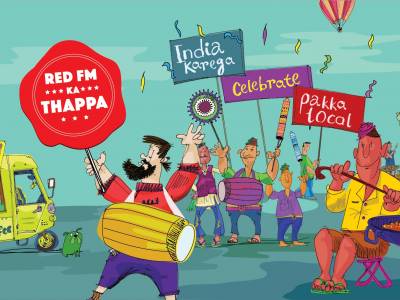
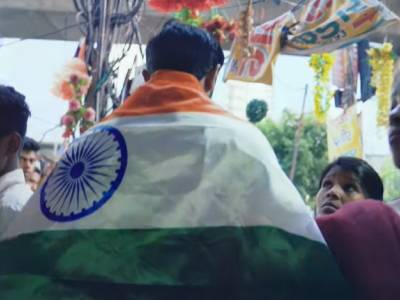
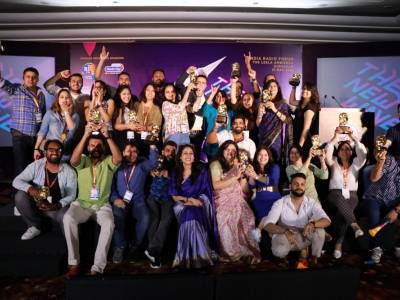
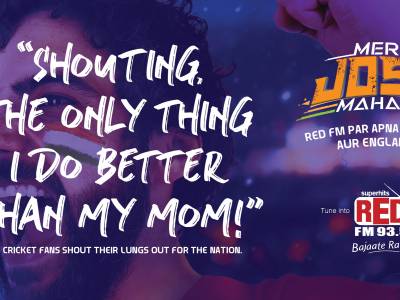
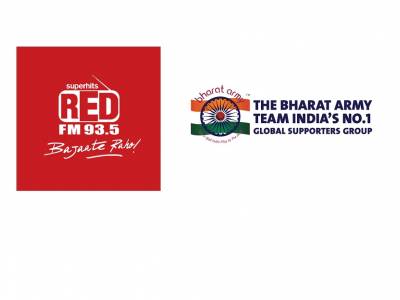
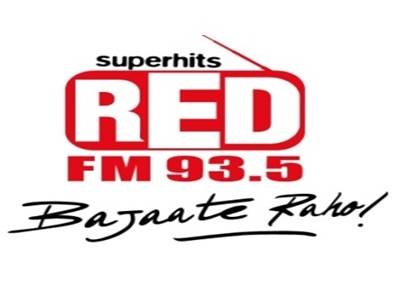
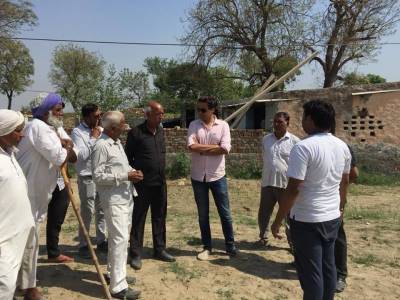

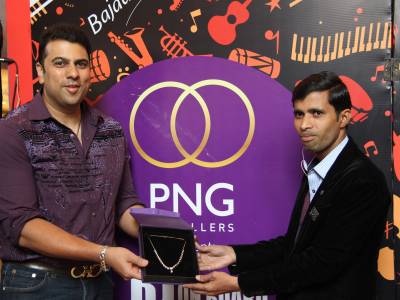
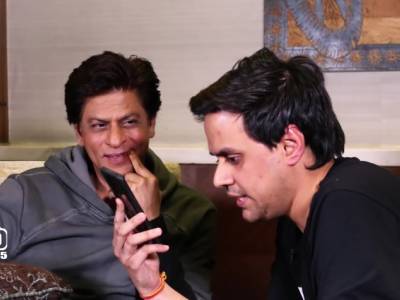




Share
Facebook
YouTube
Tweet
Twitter
LinkedIn